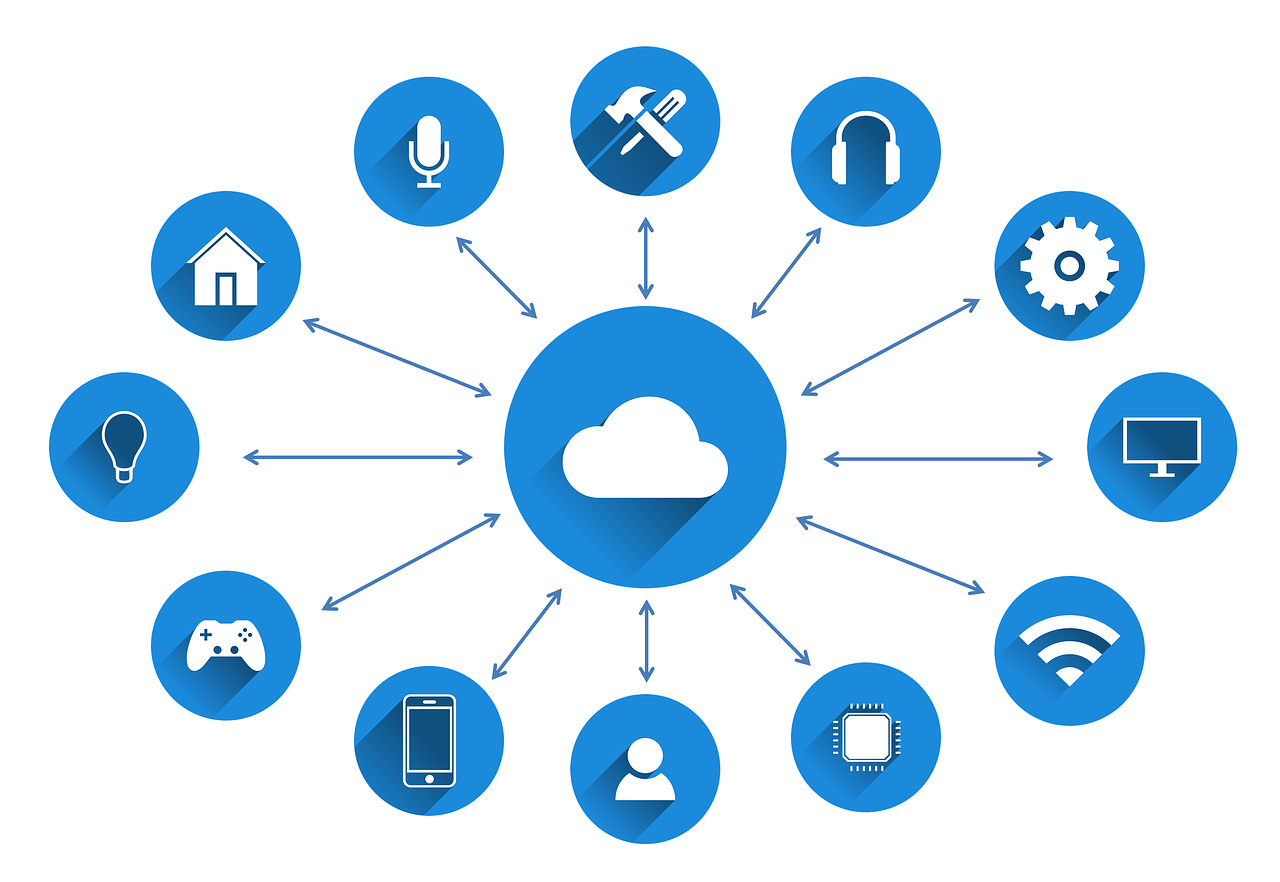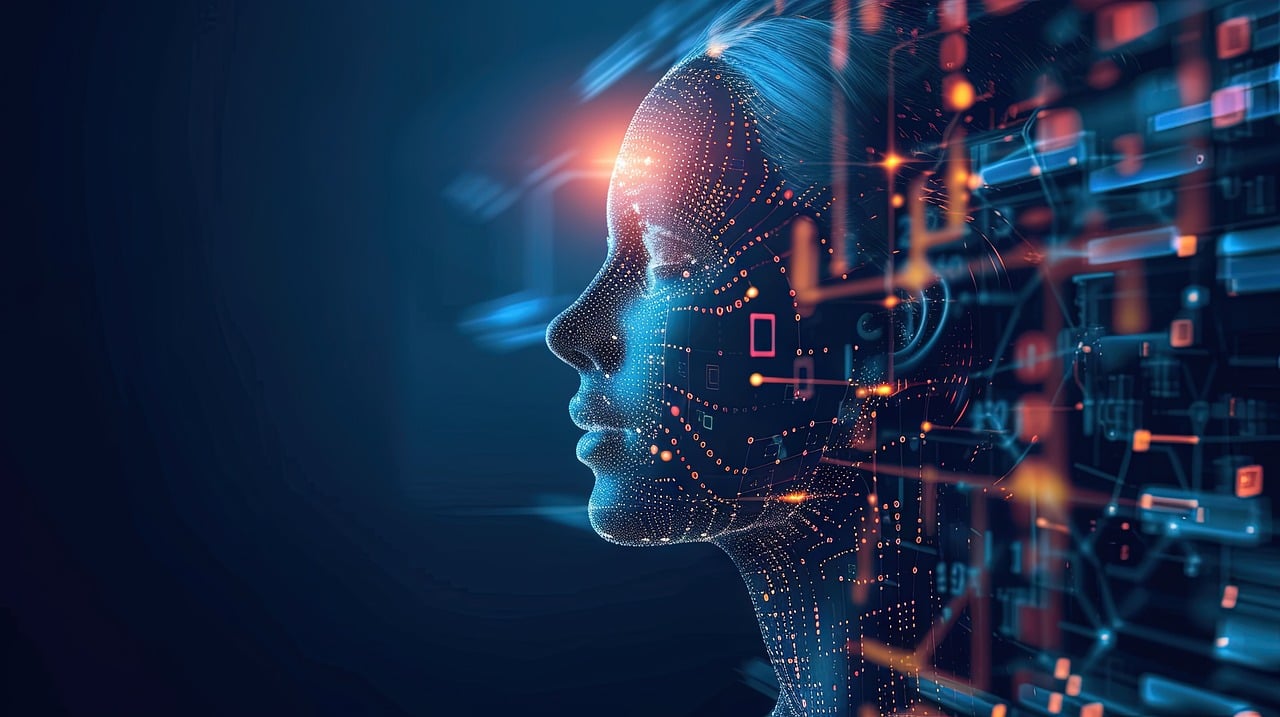The Impact of IoT on Everyday Life: Revolutionizing Connectivity

2024-09-16

The Internet of Things (IoT) has become a transformative force in the digital age, connecting physical devices to the internet and enabling them to collect, exchange, and act upon data. From smart homes to industrial automation, IoT is reshaping how we live, work, and interact with technology. In this blog, we’ll explore the key areas where IoT is making a significant impact and what the future holds for this rapidly growing field.
1. Smart Homes: Enhancing Everyday Comfort
IoT has revolutionized the concept of home automation with the rise of smart homes. Devices such as smart thermostats, lighting systems, security cameras, and voice-controlled assistants like Amazon Alexa or Google Home allow homeowners to control their environments with ease. Whether it’s adjusting the temperature, turning off lights, or monitoring security footage remotely, IoT enables homeowners to manage their homes more efficiently.
In addition to convenience, IoT smart devices contribute to energy savings by optimizing appliance usage. Smart meters track energy consumption in real-time, and smart appliances can be scheduled to operate during off-peak hours, reducing utility costs.
2. Healthcare: The Rise of Wearables and Remote Monitoring
In healthcare, IoT is making significant strides in patient monitoring and chronic disease management. Wearable devices such as smartwatches, fitness trackers, and medical monitors collect data on vital signs, physical activity, and sleep patterns. This data can be shared with healthcare providers for real-time analysis, allowing doctors to monitor patients remotely and intervene before medical issues escalate.
Additionally, IoT-driven medical devices in hospitals, like connected infusion pumps and smart beds, improve patient care by automating certain tasks and ensuring accurate data tracking. As IoT technology advances, it is expected to revolutionize personalized healthcare and improve overall patient outcomes.
3. Industrial IoT (IIoT): Transforming Manufacturing and Supply Chains
IoT has become a driving force in Industry 4.0, where smart factories use sensors and connected machinery to enhance productivity and efficiency. The Industrial Internet of Things (IIoT) allows businesses to collect data on machine performance, detect potential failures before they occur, and optimize manufacturing processes.
For example, predictive maintenance systems leverage IoT sensors to monitor equipment health and predict breakdowns, reducing downtime and repair costs. Supply chains also benefit from IoT through real-time tracking of goods, inventory management, and improving overall logistics.
4. Smart Cities: Improving Urban Living
IoT is playing a crucial role in the development of smart cities, where connected devices enhance the quality of life for residents. Smart traffic management systems use sensors and data analytics to reduce congestion, while smart street lighting adjusts brightness based on environmental conditions, conserving energy.
Waste management is also improving with IoT-enabled smart bins that notify city services when they are full, optimizing collection routes. Furthermore, air quality sensors and water management systems provide real-time data to city authorities, helping them address environmental issues and ensure better resource management.
5. Agriculture: Precision Farming with IoT
In agriculture, IoT is transforming traditional farming methods into highly efficient, data-driven practices known as precision farming. IoT sensors monitor soil moisture, weather conditions, and crop health, allowing farmers to optimize irrigation, fertilization, and pest control. This results in better crop yields, reduced resource waste, and lower operational costs.
IoT-enabled drones and autonomous tractors are also making farming more efficient by performing tasks such as planting, spraying, and harvesting with precision. These technologies not only increase productivity but also help farmers respond to environmental challenges like droughts or pests in a timely manner.
6. Challenges and Future of IoT
While IoT offers tremendous potential, it also faces several challenges, including security and privacy concerns. With billions of devices connected to the internet, there’s a growing risk of cyberattacks, data breaches, and unauthorized access. Ensuring that IoT devices have robust security protocols and are updated regularly is critical to mitigating these risks.
Looking ahead, the future of IoT will likely be shaped by advancements in 5G technology, which promises faster, more reliable connectivity. This will enable more IoT devices to operate simultaneously and in real-time, unlocking new applications across industries. The integration of artificial intelligence (AI) with IoT will also drive innovations such as smart automation, predictive analytics, and autonomous systems.
Conclusion
The Internet of Things is revolutionizing multiple sectors, from smart homes to healthcare, agriculture, and industrial automation. As IoT continues to evolve, its applications will expand, making everyday life more connected and efficient. However, to fully realize its potential, addressing the challenges of security and scalability will be key. The future of IoT holds exciting possibilities, and it will continue to reshape the way we live, work, and interact with the world around us.




